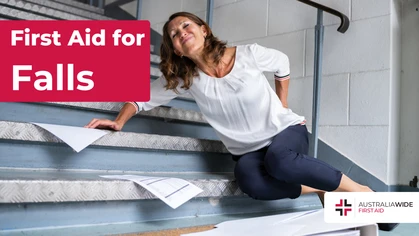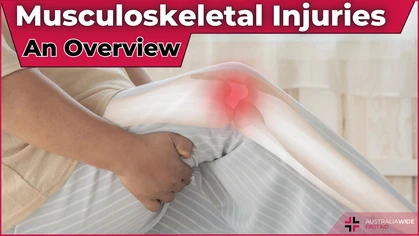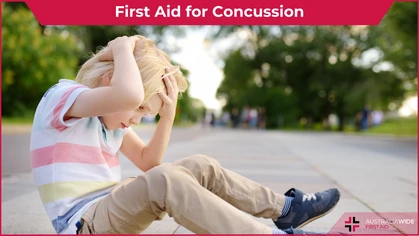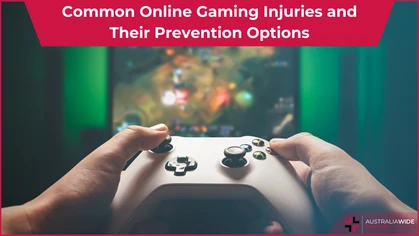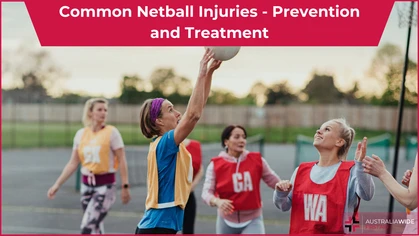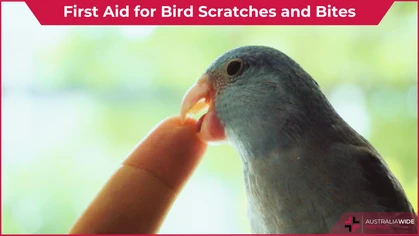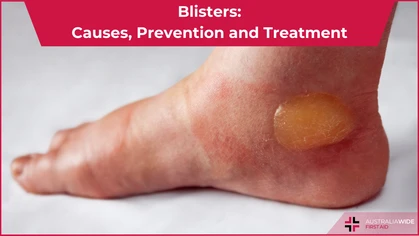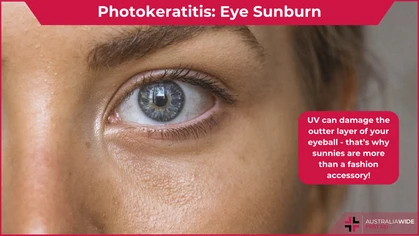First Aid Tips for Burns & Scalds

Injury
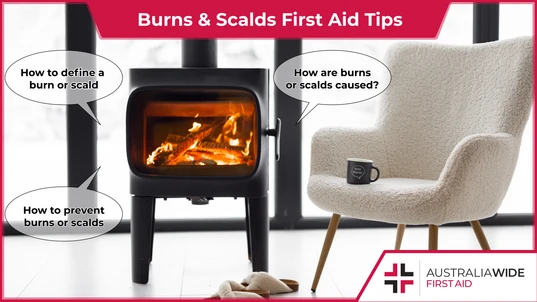
101 for treating and preventing burns and scalds
With temperatures cooling down over winter burns and scalds become more common Our Melbourne first aid training team felt it was essential to publish a comprehensive first aid 101 for treating and preventing burns and scalds, with the increased risk of these occurring as families use heaters and hot showers to warm up from the chill. By following the tips below, it can be the difference between someone living or dying if the burn they experience is life threatening.How to define a burn or scald
Before you can learn how to treat a burn or scald, it’s important to be able to tell the two apart. Burns are defined as damage to your body tissues through heat, as a result of an excessive amount of electricity, chemicals or sun. In contrast, scalds are tissue damage caused by hot water.What are the common symptoms of superficial, deep and full thickness burns or scalds?
If you experience a superficial burn or scald, this will affect the outer layer of your skin, often causing it to be red, blistered and sore. This varies from the appearance of a deep burn, which may be a mottled shade of red and white, as well as being quite painful and having blisters on the surface of the skin. The most extreme type of burns, known as full thickness, cause damage all the way to the layer of fat under the skin. It can appear brown, white or even black, and has a leathery and dry feel to the touch. Even worse, a full thickness burn may damage or destroy your nerve cells, so you won’t feel a lot of pain.How are burns or scalds caused?
There are a wide range of causes of burns or scalds. We’ve listed some of the most common causes below:- Spilling hot drinks, such as tea and coffee, often results in scalds.
- Dropping hot water from a kettle or pot on the skin can also cause scalds.
- Direct contact with heated objects can cause burns, including stoves, hot coals on a BBQ or open fire, hair straighteners or irons.
- Swallowing drain cleaner and other chemicals or spilling dangerous chemicals on the skin, such as bleach or oven cleaner, may result in chemical burns.
- Direct contact with exposed electrical wires, old wires and faulty appliances can cause electrical burns, as well as cutting live cables.
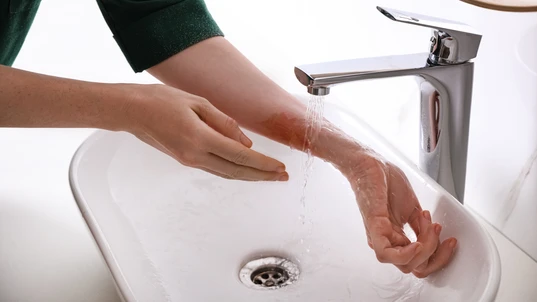
Running cool water on the burn, cover it with a light, non-stick dressing
What first aid can I perform for someone who has a burn or scald?
Before undertaking first aid on someone who has experienced a burn or scald, it’s crucial to initially remove the source of the burn. If the burn involves fire, push them onto the ground and roll them until the fire goes out, or alternatively, if a fire blanket is available, cover them with a blanket to suffocate the flames. For someone who has received an electrical burn, always turn off the electricity if there’s a live current. When it comes to chemical burns, remove the contaminated clothing and apply water to the affected area. If the chemical burn has been caused by dry chemicals, first brush off the chemicals before applying water to the area. With all burns or scalds, it’s critical to run cool water over the skin for a minimum of 20 minutes to help stop the burn becoming worse. Never use ice on a burn, just water, and make sure to remove any clothing that’s near the burn. If there’s any clothing stuck to the burn, don’t remove this. After running cool water on the burn, cover it with a light, non-stick dressing, avoiding materials that are fluffy. If plastic cling wrap is available, use this as it makes a great cover. For burns on the arms or legs, raise these up to help reduce any swelling. Things to avoid when treating a burn include:- Applying lotions or creams, as these can seal in heat
- Popping any blisters caused by a burn, instead leave it to your doctor if blisters need to be removed
- Touching the burn or using ice
- Putting a child into a bath of cold water, as this may result in shock.
When do I need to call an ambulance?
It’s vital to call an ambulance or go directly to the emergency department if the burns victim experiences any of these symptoms.- The burn is quite deep, even if the victim doesn’t feel any pain, as the nerves may be damaged
- If the size of the burn appears larger than a 20 cent piece
- For any burns that involve the genitals, airways, face or hands
- The state of the skin is dry and leathery
- If the skin has any white, black or brown patches
- Any burns that involve electricity or chemicals
- The victim is struggling to breathe.
How to prevent burns or scalds
There are many ways you can help to prevent burns or scalds occurring in your home. Always keep hot liquids out of reach of children, don’t give them any hot food and keep pot or pan handles facing inwards on stoves. Be careful when handling electrical items and make sure to unplug these after use. Keep smoke detectors in your home and have these tested regularly, as well as have a fire extinguisher installed. Use protective clothing whenever you’re using chemicals. Also, keep your hot water system thermostat below 50 degrees to avoid scalding. If you’re interested in completing Melbourne first aid training to better prepare you to treat burns, scalds and other emergencies, Australia Wide First Aid is the answer. At Australia Wide First Aid we offer CPR and first aid courses with industry leading assessors for individuals or groups. Our courses can be tailored to your business needs and we specialise in workplace first aid training.
Originally published at
https://www.australiawidefirstaid.com.au/resources/first-aid-tips-for-burns-and-scalds
as part of the Australia Wide First Aid Articles Library
